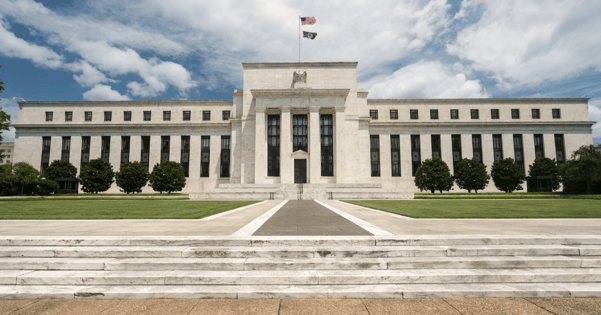Before Thanksgiving, the world will find out who wins the horse race between Jerome Powell and Lael Brainard to be the next Fed chair.
Even though Brainard is slightly more dovish than Powell, we do not expect President Biden’s pick to materially change the conduct of the monetary policy, as both are data-dependent and practical-minded policymakers. The FOMC also operates on consensus, and with inflation running surprisingly high lately, the Fed’s preferred inflation gauge will likely show a 5% increase in October.
The FOMC minutes to be released this week will reveal the division between hawks and doves, and just how far the gap is between the two groups in terms of their assessment of inflation risks and maximum employment. The doves, including Brainard, believe that the labour-participation rate can return to pre-pandemic levels, and see downside risks to growth remaining as Covid lingers. Hawks, more concerned about inflation risks, believe that many employment exits are permanent and that the Fed should speed up the taper pace to prepare for an early lift-off in the policy rate.
Markets so far are on the side of the hawks, with the current 10-year UST yields 10 basis points higher than before the surprising October CPI data. The quickest consumer inflation since 1990 and the strongest price expectations among households in eight years are eroding the confidence of policymakers that inflation will cool in the coming months as they once assumed.
That may force them to pivot faster towards tightening the monetary policy as soon as December, potentially by signalling a faster tapering of bond purchases and by updating forecasts to signal a more aggressive interest-rate hiking cycle than previously anticipated.
But the challenge of 2022 will be when the rates from near zero will raise and if that will happen. Markets are already pricing in a shift as soon as July.
Complicating the decision-making and posing a challenge for communications is the much-hailed revamping of the central bank’s strategy in August and September 2020. Officials made much fanfare of the wider scope of maximum employment, putting greater weight on gains across different demographic groups. There were public listening sessions and an admission that misplaced fears of inflation in the past may have stopped the labour market from improving for millions of Americans, especially those earning the lowest incomes.
RBNZ
The New Zealand dollar looks poised to recover from its sharp selloff this month. With technical support, a yield advantage over the US and hedge-fund bets point to gains in the kiwi ahead of a pivotal central bank decision.
A 50 basis points hike by the Reserve Bank of New Zealand on Wednesday could amplify gains, while a 25 basis points increase would risk disappointing the market, undermining a rebound in the currency. Swaps traders are betting that a quarter-point hike is a done deal, with wagers split on a half-point hike.
Long positions in the currency from hedge funds have been rising for months and are at the highest level since March, while technical charts show the currency edging back toward the centre of an ascending trend channel. Adding to the upbeat tone, two-year inflation expectations that climbed to a 10-year high on Thursday saw the kiwi erase a week’s worth of losses in a matter of hours.
Fullerton Markets Research Team
Your Committed Trading Partner














